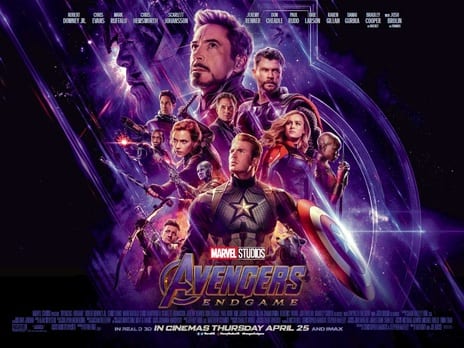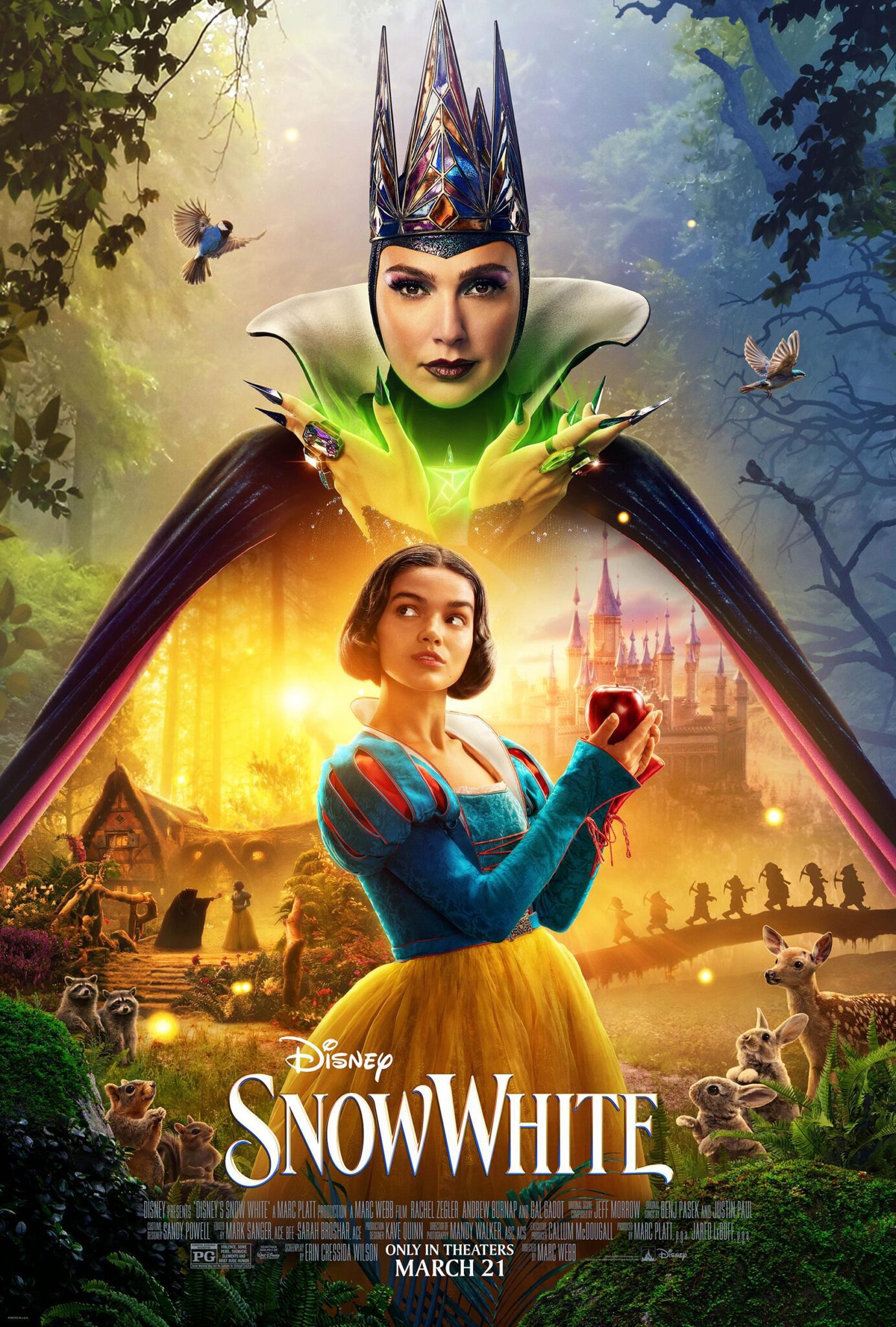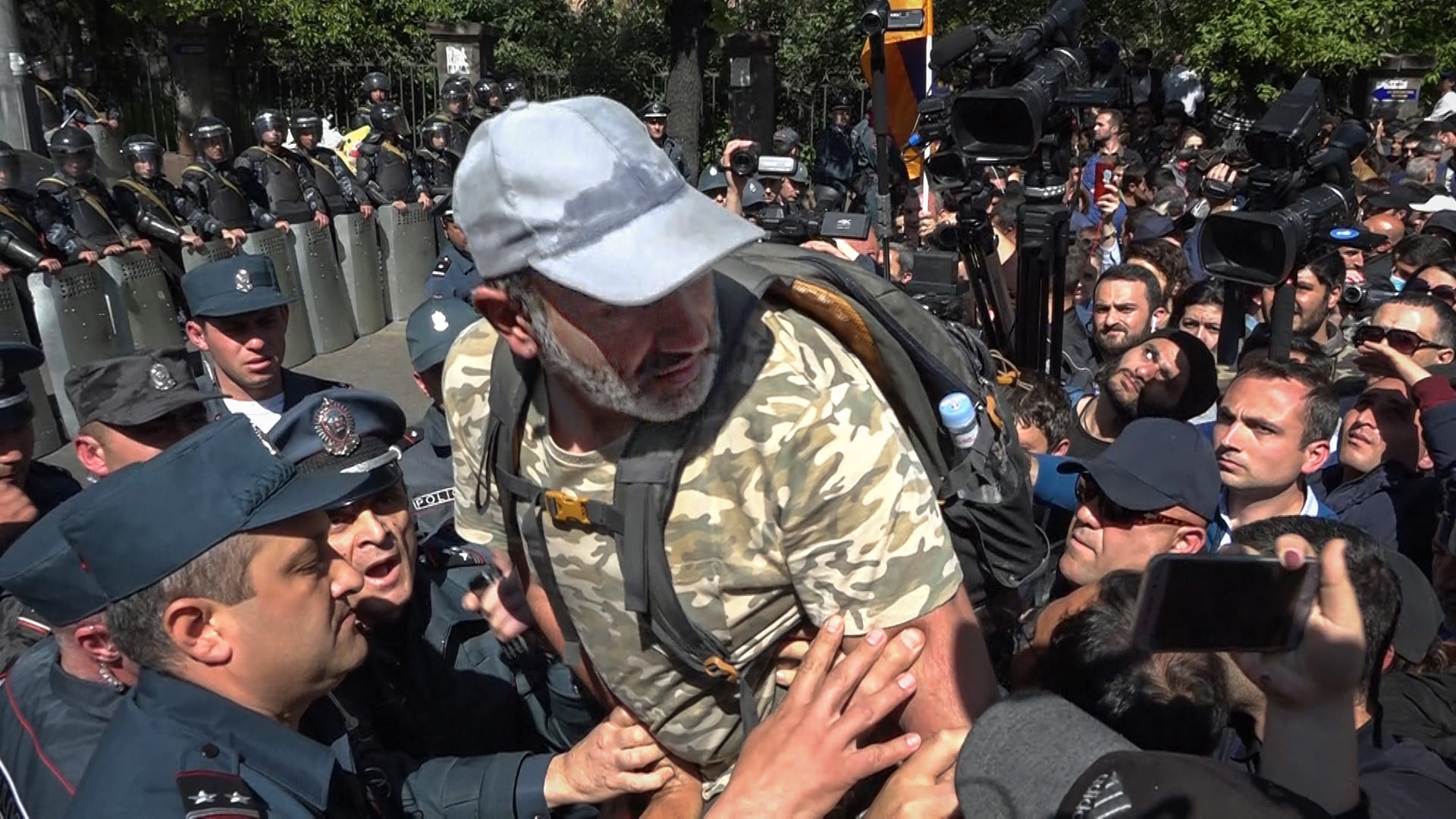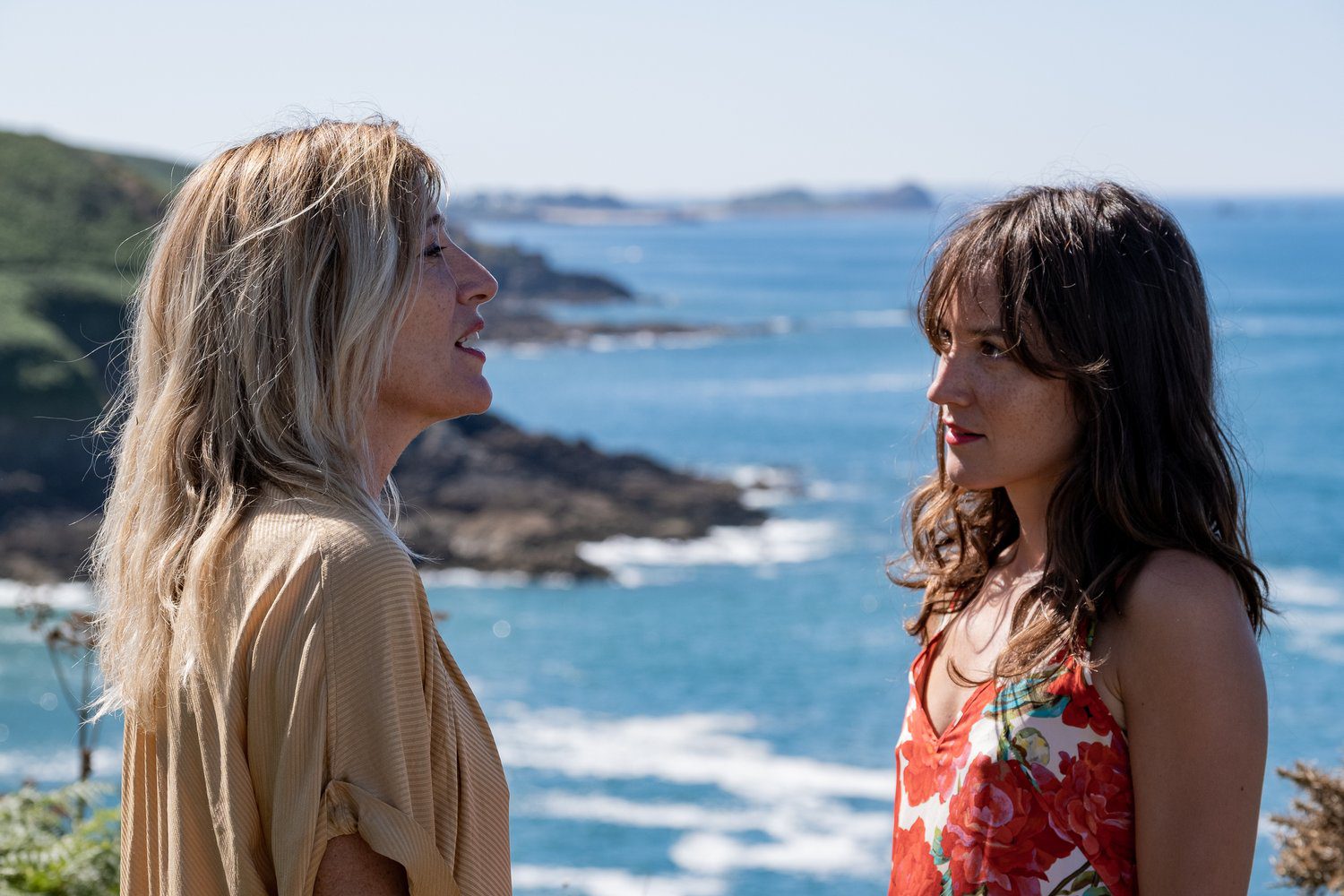
A submarine searching for the remains of Mechagodzilla is attacked and destroyed by a dinosaur.??Marine biologist Akira Ichinose (Katsuhiko Sasaki) and INTERPOL agent Jiro Murakoshi (Katsumasa Uchida) go to the house of the reclusive Dr. Shinzo Mafune (Akihiko Hirata), a scientist who once claimed to have discovered a dinosaur in the sea many years ago and was laughed out of academic circles.??When they arrive at Dr. Mafune?s house, his daughter Katsura Mafune (Tomoko Ai) tells them Dr. Mafune is dead and that she burned all his notes.
In reality, Dr. Mafune has reached a deal with the alien invaders from the Third Planet of the Black Hole. The aliens had once saved Katsura after a fatal lab accident by turning her into a cyborg. Now they are rebuilding Mechagodzilla and hope to control the dinosaur Dr. Mafune discovered, called Titanosaurus, to help in their effort to conquer Earth. While helping the Third Planet of the Black Hole aliens with Mechagodzilla, Dr. Mafune remarks that Mechagodzilla is inferior to Titanosaurus because Titanosaurus has a real brain.
Meanwhile, Katsura strikes up a relationship with Akira Ichinose, giving him Dr. Mafune?s notes on Titanosaurus which she did not burn. He tells her of a plan to send a research submarine to search for Titanosaurus. She informs the aliens and her father, who then send Titanosaurus to attack the submarine. Before Titanosaurus can destroy the sub, however, the crew accidently discovers the dinosaur is sensitive to supersonic waves.
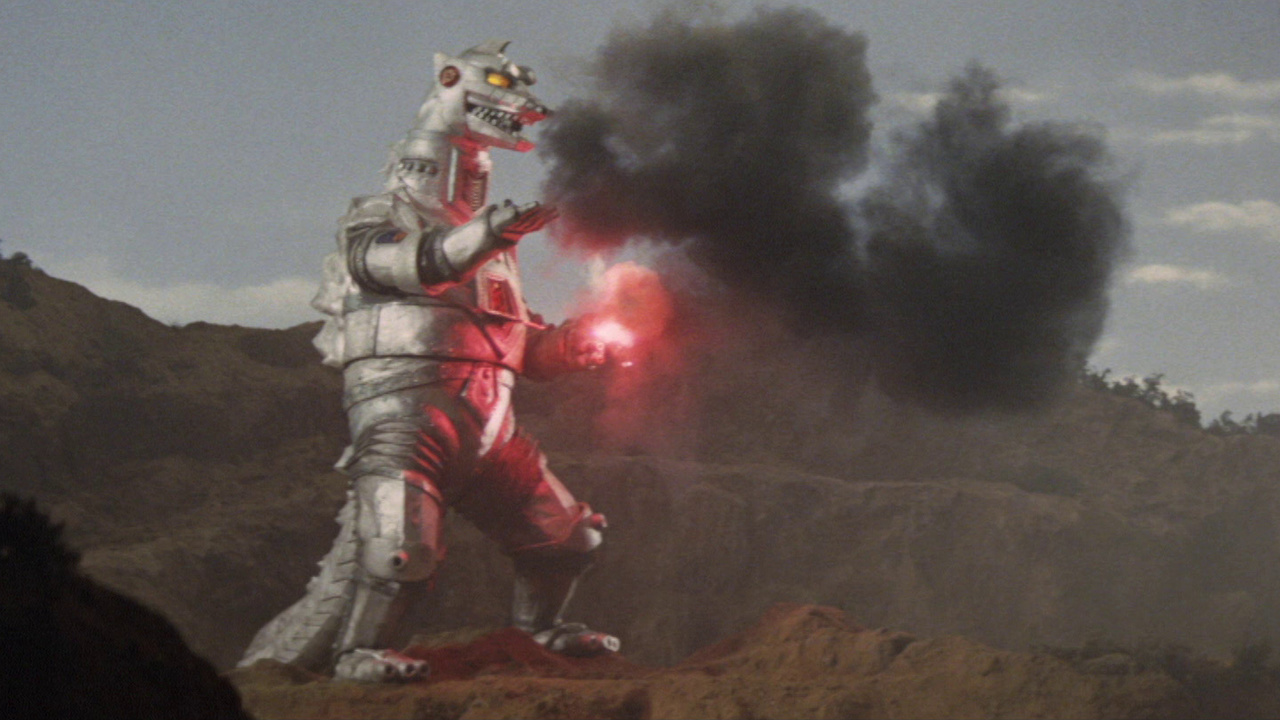
A supersonic wave oscillator is constructed incase of an attack by the aliens using Titanosaurus. Dr. Mafune unleashes Titanosaurus without the permission of the aliens and the supersonic wave oscillator is destroyed by Katsura. Godzilla arrives and confronts Titanosaurus, and Katsura is shot by the authorities as she flees the area. Dr. Mafune releases control of Titanosaurus, who heads back to the sea, leaving a confused Godzilla behind.
The aliens once again save Katsura, but as they rebuild her they implant a controller for Mechagodzilla inside her, based on Dr. Mafune?s advice that the robot requires a real brain to be most effective. The aliens order Mechagodzilla and Titanosaurus to attack Tokyo, leading to mass destruction and death as they push their way into the city. While efforts are underway to quickly repair the supersonic wave oscillator, Godzilla arrives in Japan again to confront Mechagodzilla and Titanosaurus.
Terror of Mechagodzilla marks the end of the first cycle of Godzilla films, called the Showa Godzilla series by fans. Japan divides history by each emperor?s reign, with Emperor Hirohito?s reign called the Showa Era (1926-1989), Emperor Akihito?s reign called the Heisei Era (1989-2019), and Emperor Naruhito?s reign called the Reiwa Era (2019-Present). The films from Godzilla (1954) to The Return of Godzilla (1984) were all made in the Showa Era of Japanese history, but as The Return of Godzilla launched a distinct new continuity in which the next six films were released in the Heisei Era, it acts as the start of the Heisei Godzilla series.
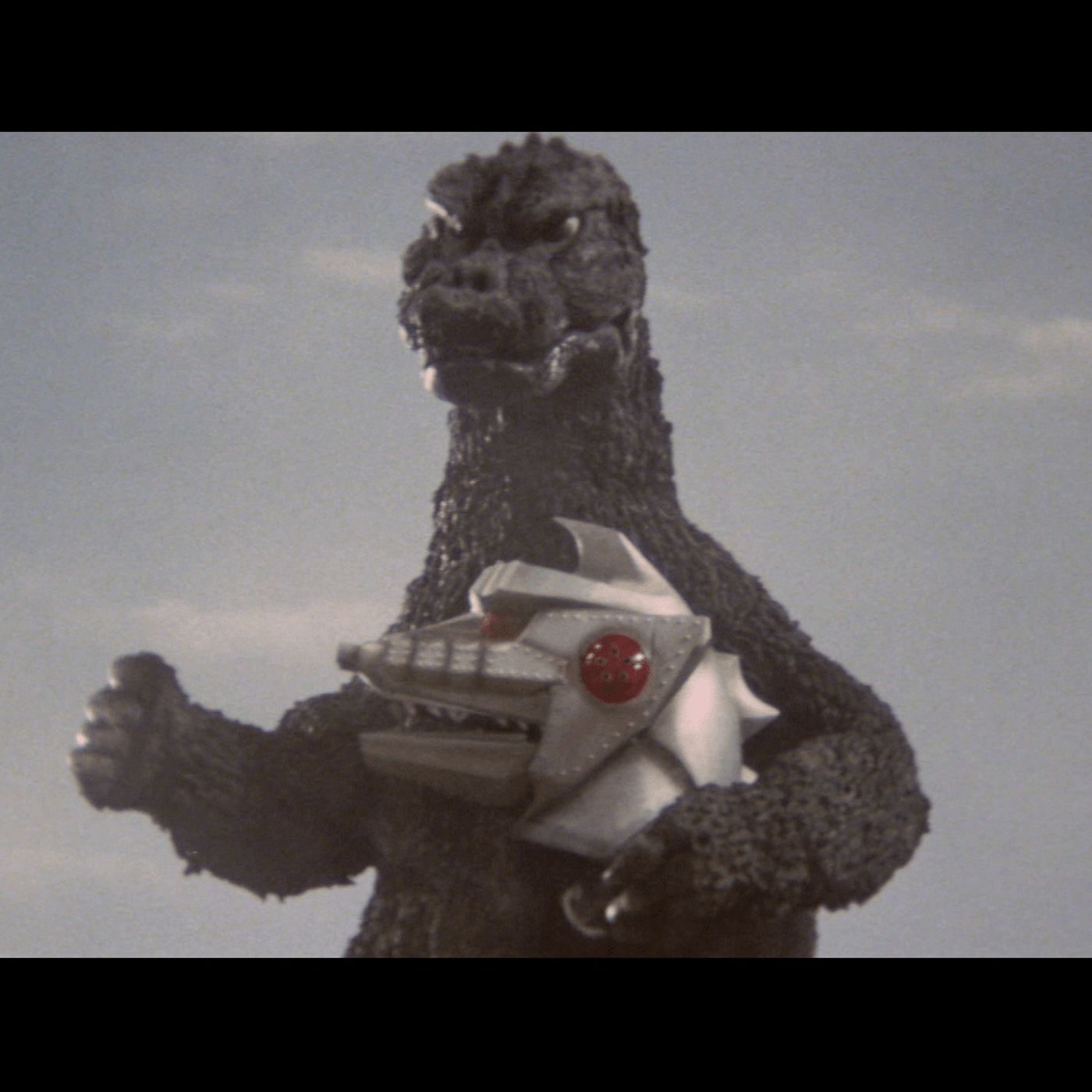
After the release of Godzilla vs. Mechagodzilla (1974), Toho held a contest for people to submit stories for the next Godzilla film, and the winner was a woman named Yukiko Takayama. Though the story she originally sent in was altered somewhat prior to filming, largely due to budget constraints, her original core concept was retained.
There are two key characters at the heart of Terror of Mechagodzilla, and they are Katsura and Titanosaurus. Tomoko Ai does a wonderful job portraying Katsura, a young woman caught between wanting to pursue her own dream of living a normal life with Akira Ichinose, and her loyalty to her father and his goal of vengence on humanity for destroying his career. The fact she is a cyborg, a combination of flesh and machine, is a nice reflection of the team up between Mechagodzilla and Titanosaurus, and the idea of implanting Mechagodzilla?s controller inside her raises the stakes nicely in the final moments of the film when it becomes necessary to destroy her to stop the robot.
Titanosaurus is somewhat of a throwback to earlier Toho monsters, like Anguirus and King Kong, in that he is a giant animal without any superpowers. As the 1970s progressed, Godzilla?s foes generally came with a long list of outlandish weapons, but Titanosaurus fights using close-range hand-to-hand combat. His design feels natural and is very well suited to his ocean environment. Titanosaurus? roar consists of a loud elephantine trumpeting sound, and he often snorts like a horse, creating a diverse and life-like feel to his vocalization. In Yukiko Takayama?s original story, there were going to be two creatures called Titans that eventually merge, but this was changed for the final film to just Titanosaurus.
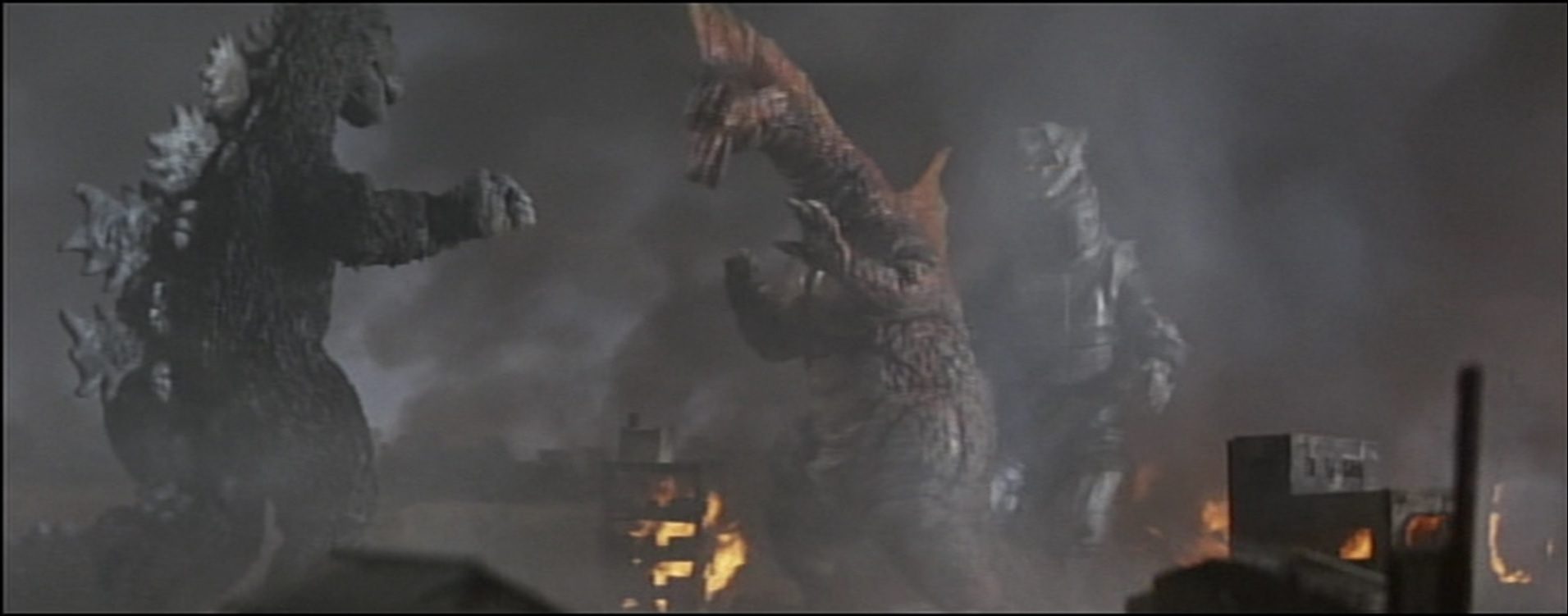
Returning to the director?s chair one final time is Ishiro Honda. Honda had directed seven of the previous fourteen Godzilla films, including Godzilla (1954), as well as much of Toho?s other key monster output during the Showa Era including Rodan (1956), Mothra (1961), Matango (1963), and War of the Gargantuas (1966). Honda?s return to the series is a welcome one, bringing with it the darker tone of earlier giant monster movies. After Terror of Mechagodzilla, Honda would shift his career to helping his close friend Akira Kurosawa with his film projects.
Terror of Mechagodzilla was released in Japanese theatres on March 15, 1975. Toho had the film dubbed into English in Hong Kong and Bob Conn Enterprises theatrically released an edited down version renamed The Terror of Godzilla in North America in the summer of 1978. A nearly uncut version of the film, under the title Terror of Mechagodzilla, was released to television in the fall of 1978 and had a prologue added on that was composed of footage from a few previous Godzilla films.
Throughout the VHS era and into the early DVD era, only the heavily edited U.S. theatrical version was released to home video, albeit with its title corrected to Terror of Mechagodzilla. In 2008, Classic Media released both the original Japanese version and extended North American TV version on DVD. All of these earlier releases of the film are now out of print. The original Japanese version of Terror of Mechagodzilla, with Toho?s English dub as an alternate audio option, is currently available as part of The Criterion Collection?s Godzilla: The Showa-Era Films, 1954-1975 Blu-ray set.

